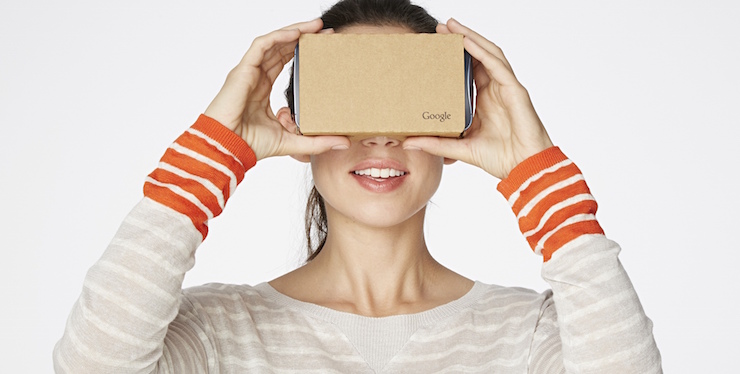
Back in the ’90s, my dream was to go to graduate school to learn about virtual reality.
Virtual reality was just beginning then. My dream job: to build an AI-based model of emotions so that the characters you find in a virtual reality could respond to you with “real” emotions.
Whatever. I was thrown out of graduate school, so that didn’t happen. But I never stopped keeping track. I’ve watched AI build bit by bit over the past two decades.
Now it’s here. And we have to pay attention.
First there was the Internet. This was a trillion-dollar opportunity that is ongoing.
The app store was the second trillion-dollar opportunity. The entire ecosystem of smartphones and tablets and the cloud and applications moved computing into our hands.
And now the third trillion-dollar opportunity has finally arrived: virtual reality. This year for virtual reality is like 1994 for the Internet. The first commercial AI headsets will be launched. The chips are being developed. The storage is getting prepared. The entire infrastructure for the third trillion-dollar opportunity has been created in the past 20 years.
Many of the companies are private still. But some are public. Here are a few of them:
Facebook (FB):
Facebook just announced details for the Oculus Rift headset, which will go on sale March 28 for $600. Credit Suisse is predicting they’ll sell 5 million units this year, while Piper Jaffray says less than 4 million. Either way, the company is looking at at least $2 billion in sales this year, but it won’t be profitable for Facebook until 2021 at the earliest. It might be interesting in the same way that Amazon (AMZN) is interesting—it doesn’t make money, but it is the platform of the future, so the stock rises (until today).
Alphabet (GOOG):
Alphabet is there too, with something called Google Cardboard, which is a simple cardboard viewer that wraps around a smartphone and costs around $20. Rumor is they’re using it as an entry for a $200-$400 version that will launch in the next year. For what it’s worth, the app that you use with Google Cardboard has been downloaded 15 million times. Google has also invested in Magic Leap, a start-up that’s developing augmented reality technology (AR). Unlike VR, AR projects holographic images over their current surroundings. It’s an interesting twist, like a heads-up display for regular life.











Leave A Comment